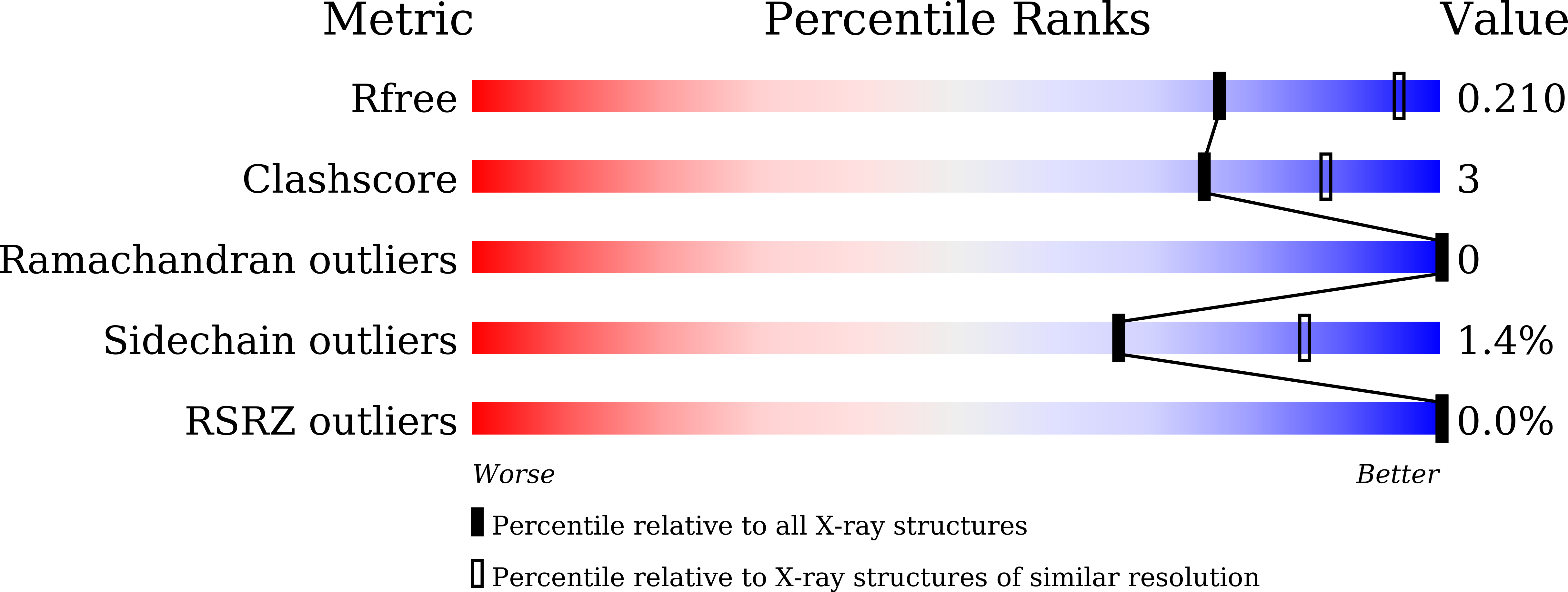
Deposition Date
2021-03-06
Release Date
2021-03-31
Last Version Date
2023-11-29
Method Details:
Experimental Method:
Resolution:
2.50 Å
R-Value Free:
0.20
R-Value Work:
0.16
R-Value Observed:
0.16
Space Group:
P 32


